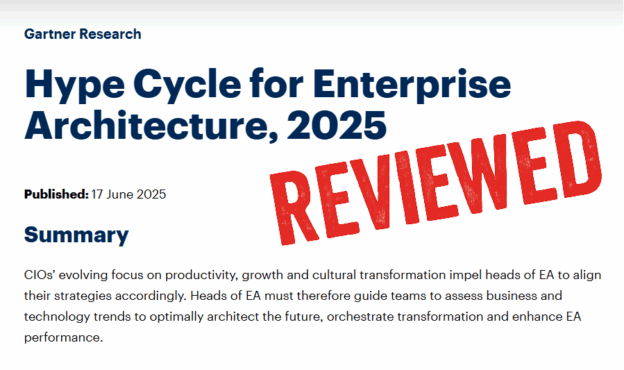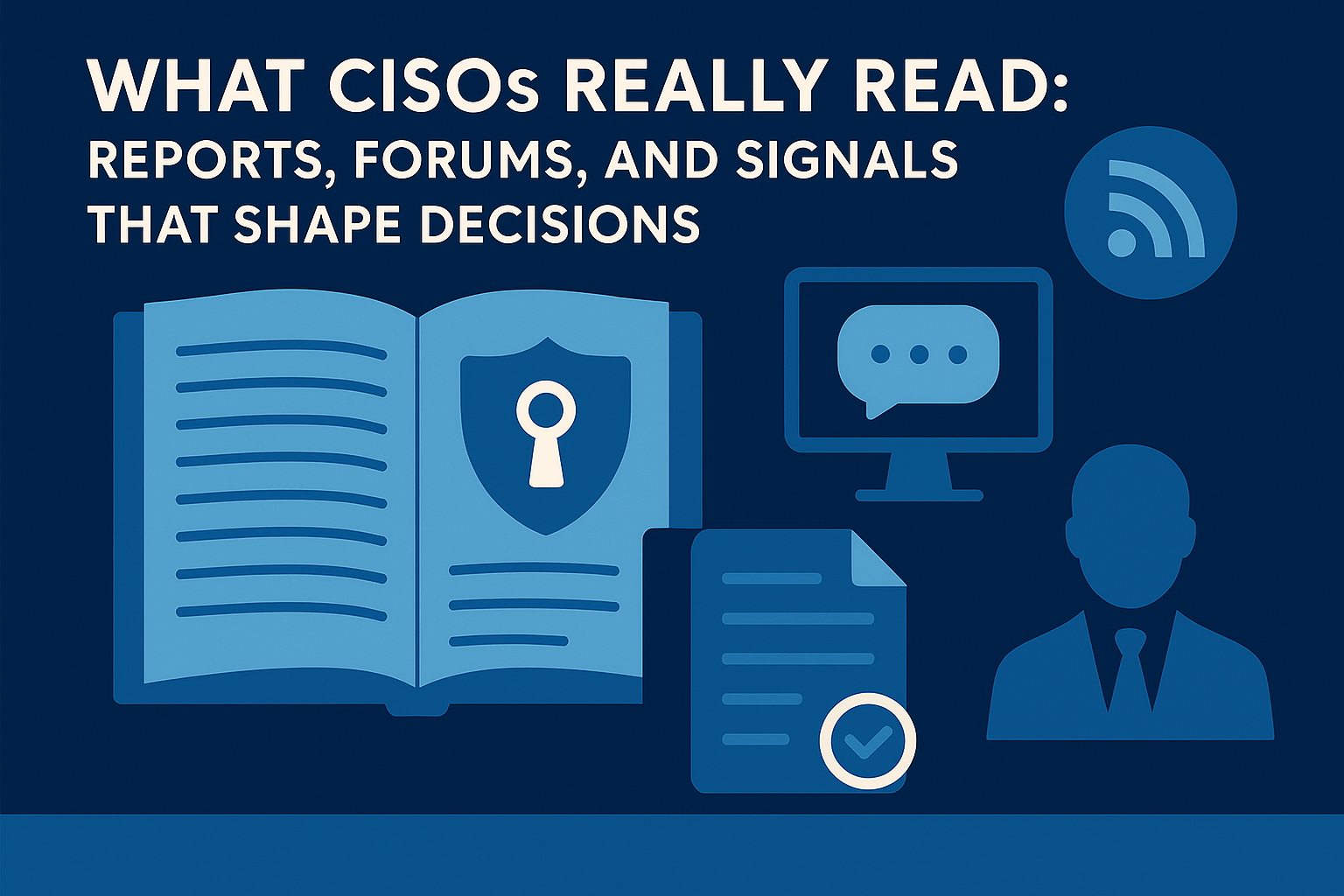Microsoft is undermining Outlook’s role as the backbone of professional communication by forcing heavy users through the Office 365 funnel. Add-ins like MailMaestro, Copilot, and Boomerang are locked away, the product line is fragmented across multiple Outlook clients, and serious multi-inbox management is ignored. Rivals such as Spark, Canary, Mailbird, Superhuman, and even newer “hip” tools like Hey! show more imagination. The lost promise of Google Wave reminds us that integration, not fragmentation, is the real opportunity, while Microsoft’s current short-sighted strategy leaves it weaker than ever. Email remains the killer app of the internet, so why, after all this time, is it still so shite?
Continue reading


















